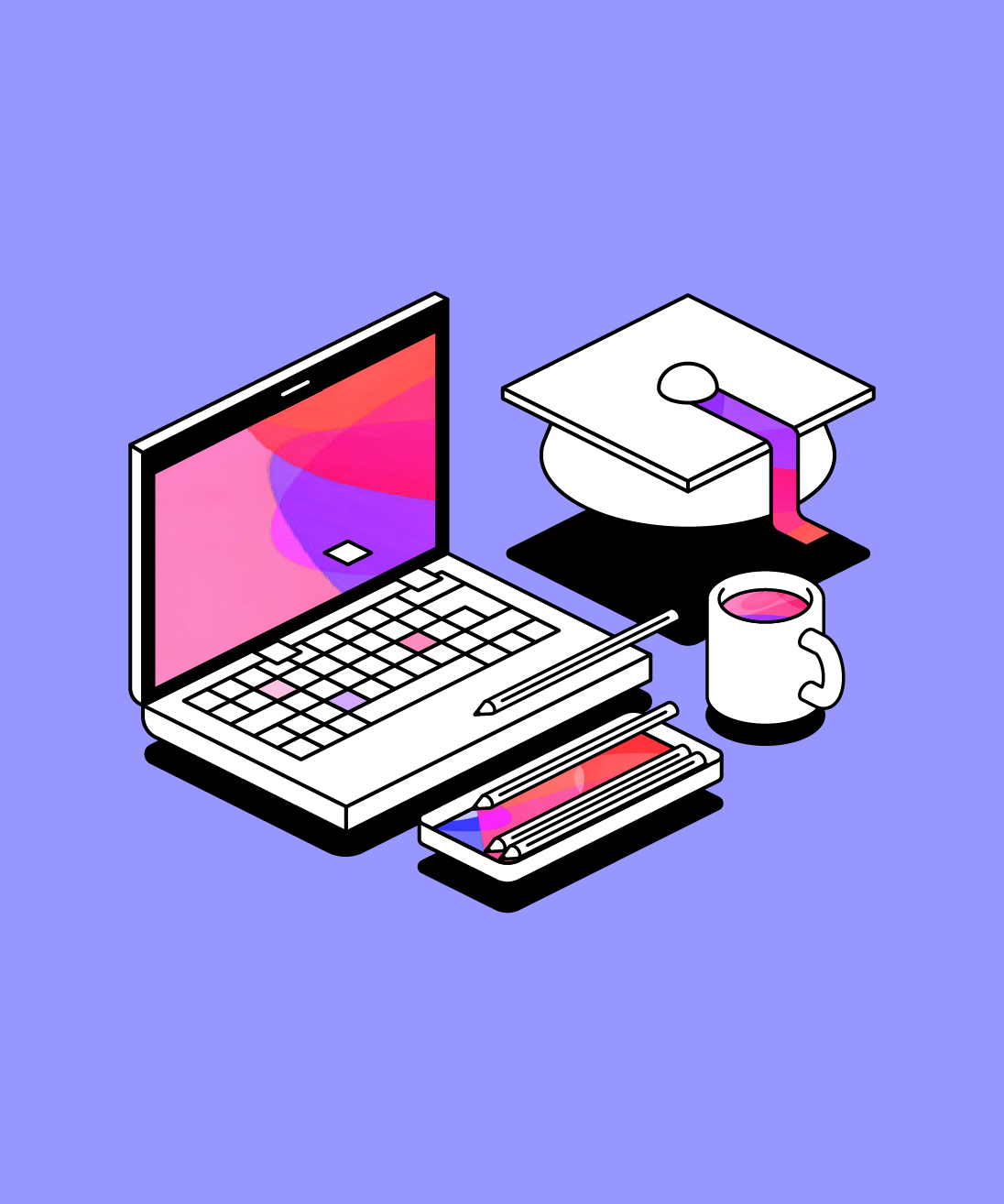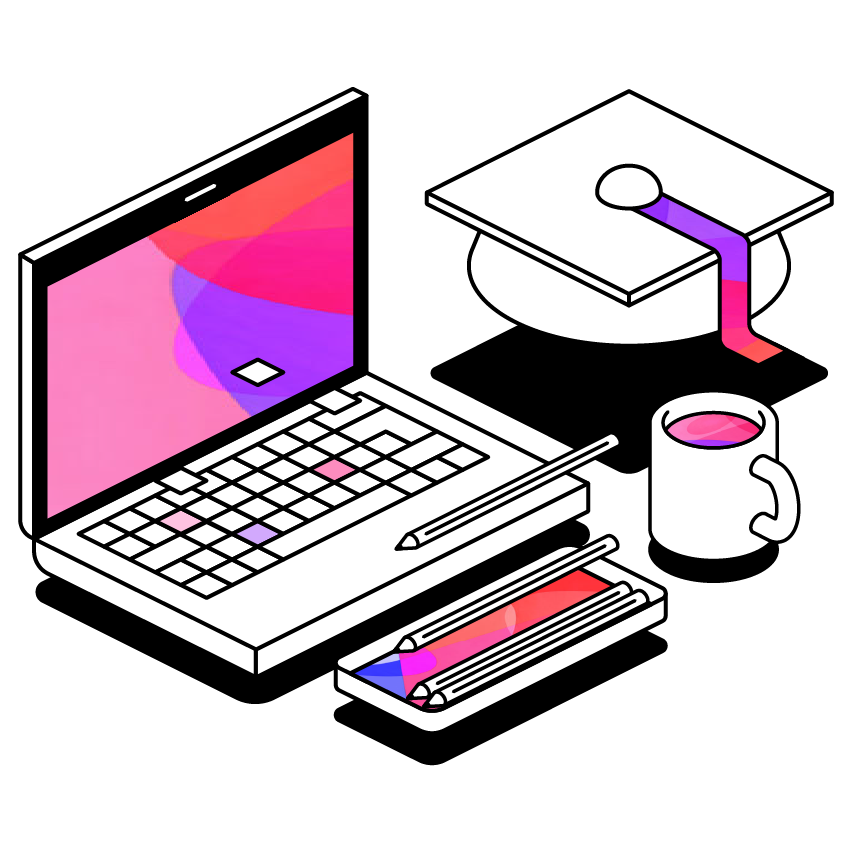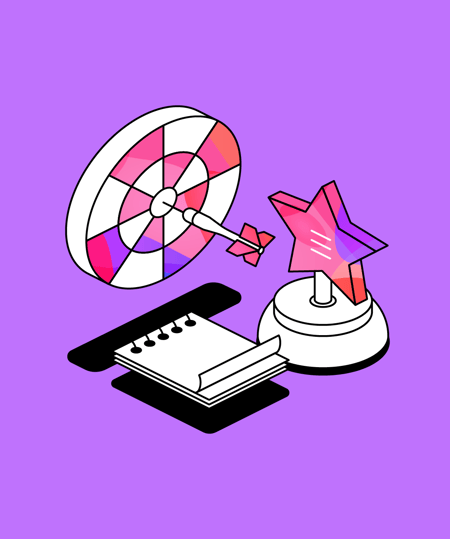Making STEM more accessible for higher education students
Making complex STEM content truly accessible is one of the biggest challenges for disability services. Here, we take a look at some of the key points from our recent webinar, where our panel of experts shared their insights on how they're using technology and AI to increase accessibility for STEM students.
 3 min read
3 min read
 Published: 10 Nov 2025
Published: 10 Nov 2025
 Phoebe Hoar
Phoebe Hoar


Accessibility across campus remains paramount for higher education professionals. While inclusive access is imperative within all courses, we know that degrees in Science, Technology, Engineering, and Math (STEM) may present more barriers to students than others, making it an important topic to share best practices on.
In our recent webinar "AI’s Impact on Accessible Learning in STEM and Beyond”, our live panel of experts discussed some of the ways they’re helping students in STEM classes, as well as highlighting some of the hurdles they face.
During the webinar, Genio's James Paisley-Knight was joined by a panel of higher education experts:
- Katlyn Guzar (Associate Director, Accommodation Services at Wilfrid Laurier University)
- Saul Santana (Director – ACCESS Center at the City Colleges of Chicago, Richard J. Daley College)
- Shannon Needham (Upper School Learning Specialist at Sandy Spring Friends School).
Here, we’ll take a look at some of the key topics and insights discussed by our panel, as well as some Genio Notes features specifically designed with STEM students in mind.
Can AI increase accessibility for STEM degrees?
To ensure AI tools don't create new barriers, the foundational approach must be on a Universal Design for Learning (UDL). The focus must be on how a solution can be made with accessibility at the heart of its coding, rather than an afterthought or a bolt-on afterwards.
Saul Santana championed UDL, noting, "When you create your curriculum around that principle... it really requires you to determine whether or not your materials are accessible”. If the course materials are not accessible, putting them into an AI tool will only result in inaccessible output.
Katlyn Guzar further noted that while testing is useful, institutions don't truly know the impact of new technology until it’s being implemented on a real course with a real instructor.
The process requires being quick and adaptive to respond to barriers as they arise and determine if the workaround is short-term or a long-standing issue.
Strategies to improve accessibility for STEM students
The panellists shared actionable advice for moving from policy to practice in supporting students with complex STEM material:
- Involve students in testing: It's essential to include students with disabilities in testing new tools and design protocols, asking for their feedback before full implementation. As Saul Santana recommended, involve students with disabilities in the testing of AI tools and how they are applied in the classroom.
- Provide robust training: There is an assumption “that students will just know how to use computers and know how to use tools". Shannon Needham stressed that a common barrier is the cognitive load required to master a new tool, so institutions must have a pretty robust training program. This ensures the tool becomes useful rather than another layer of cognitive load. Far too often an accessibility tool is provided, but not adopted due to lack of confidence using it.
- Focus on the function, rather than the name: When considering a request like "AI as an accommodation," narrow the scope. Katlyn Guzar advised asking: "what function of AI is removing the barrier for the student," and could that specific function be approved? This is necessary because technologies such as spell check are already forms of early AI.
- Be proactive, not reactive: Instead of searching for answers after an issue arises, institutions should be proactive by constantly evaluating and auditing accessibility and AI tools, establishing clear vendor expectations and data guidelines.
Collaborating with other departments
While academic freedom can sometimes pose a hurdles when collaborating directly with faculty, successful strategies involve working with other departments that share a student-centric mission.
Collaboration with Student Success departments can be highly effective. These departments may have more resources to focus on different content areas (such as science and math support) and can focus on training all students, not just those with accommodations.
Shannon Needham further suggested that disability services and STEM departments are natural partners because accessibility advisors are experts at the experimentation process, helping students figure out what strategies and tools work for them.
These partnerships leverage a range of expertise to support a broader population of learners facing various barriers.
How to improve accessibility for STEM students with Genio Notes
A critical challenge for the "New Majority" of learners is managing the volume, complexity and presentation of the material. The struggle to efficiently capture complex, data-heavy content like mathematical or chemical formulas can quickly lead to disengagement.
Genio Notes addresses this barrier by structuring features around our CORA Framework (Capture, Organize, Refine, Apply). We’ve also recently implemented some new features designed specifically for STEM content:
- Equation support: We’re rolling out enhanced support for formulas, including adding them to Outlines and integrating them into the Quiz Me feature. This allows students to generate self-testing quizzes that include relevant formulas.
- Visual annotation for diagrams: The Slide Annotations and Scribble features allow students to write, draw, and annotate directly onto lecture slides or notes. This visual element is pivotal for breaking down overwhelming diagrams and equations.
- Managing schedules: To combat overwhelm, tools like Collections allow students to organize events by course, and the Event Reminder helps manage demanding schedules by syncing events directly to external calendars.
The path to improving accessibility in STEM fields requires more than just new technology; it demands institutional alignment on proactive strategies, from embracing UDL in course design to fostering collaboration between Accessibility and Student Success services.
By moving beyond reactive accommodation and embedding intentional design, institutions can ensure that tools like Genio Notes don't just solve immediate note taking problems but actively support the retention, engagement, and long term success of every student.
To watch the full expert panel discussion, you can re-watch the webinar here.
More from Supporting Students
View All
 3 min read
3 min read
Why presentation skills are important for all college degrees
Here, we explore why presentation skills are essential for every student, regardless of their course assessments. Learn how presentation skills make up the invisible toolkit needed for different career paths, and how college support staff can help students build the transferable confidence needed for life after graduation.

 3 min read
3 min read
Why presentation skills are an essential tool for student confidence and empowerment
Here, we explore why presentation ability is one of the most underrated tools for lifelong confidence, creating a "snowball effect" that empowers students beyond graduation. Discover how presentation skills can build lifelong student confidence and empowerment, fostering resilience, adaptability, and career readiness.

 3 min read
3 min read
Strategies for implementing AI for better student engagement
92% of students are already using AI, yet only 36% receive institutional support. Here, we take a look at practical ways institutions can support students with the use of AI, promote AI literacy and optimize it for student engagement.





